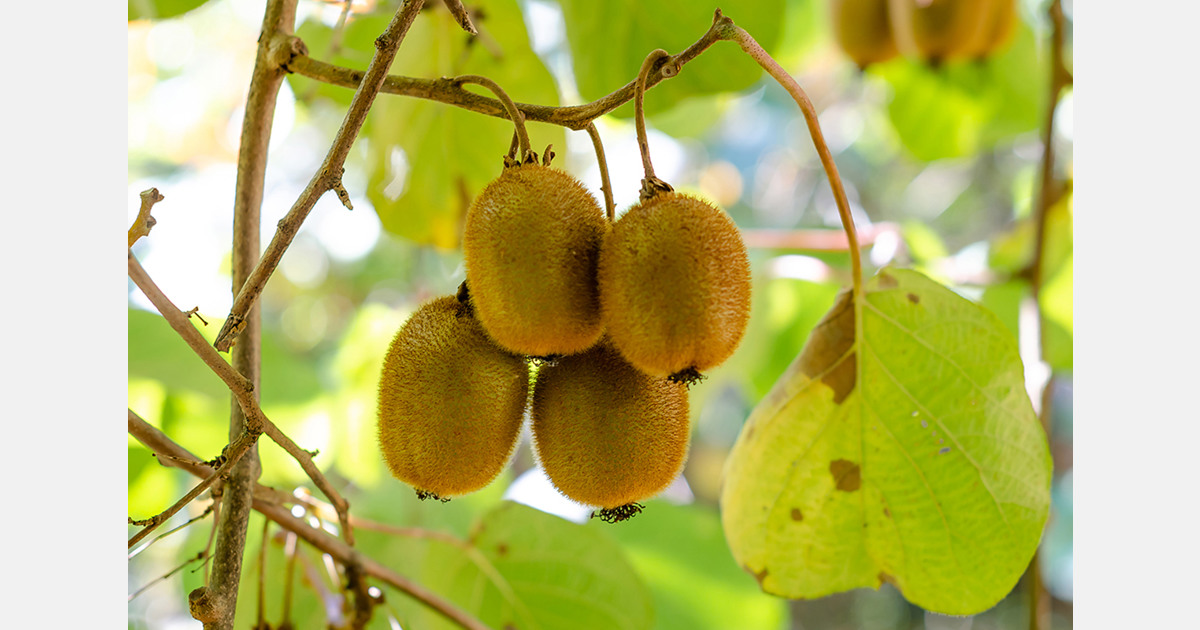
Japan remains Zespri’s second-largest export market, with Asia Pacific president Ichiro Anzai noting tray sales have grown 1.7-fold in 11 years to 32 million in 2024, while revenue has tripled in the same period. The company now aims to increase volumes to 45 million trays over the next decade.
This growth target comes despite Japan’s population declining by 500,000 in 2024 and is expected to continue falling from its current 123 million due to ageing demographics and low birth rates. However, Zespri sees potential in the fact that nearly half of Japan’s population does not consume fruit regularly. Per capita fruit consumption in Japan is about 40kg annually, compared to Taiwan’s 120kg, despite Taiwan having only 20% of Japan’s population.
“Unlike in Taiwan, the Japanese have traditionally considered fruit to be a luxury, almost like a sweet rather than a daily necessity,” Anzai said. He added that around 40% of Zespri customers in Japan report purchasing fruit only once, historically due to sour taste experiences with Green kiwifruit. Improvements in ripening have reduced such complaints.
To increase consumption, Zespri launched its nutrition reform project in 2024 after the health ministry reported that one in three Japanese adults was undernourished. The initiative aims to deliver 6 billion servings of kiwifruit by 2030. “We intend to be working closely with the likes of dietitians and nutrition experts to help them convey the importance of fresh fruit better to their patients,” Anzai said.
The company is also encouraged by the European Union’s recent approval of a health claim recognising Green kiwifruit’s effect on bowel movements and gut health. Zespri hopes the same recognition may be applied in Japan.
Efforts to promote kiwifruit consumption include positioning the fruit in Japan’s bento lunch culture. Pre-cut kiwifruit is already available in convenience stores such as 7-Eleven, though the fruit is less convenient to process than pineapple and other competitors. Sampling campaigns have also been used, with 9 million samples distributed in 2024.
Japan’s retail structure presents additional challenges, as no single distributor dominates the market. Unlike China, where two distributors dominate, or South Korea, where four control 70% of trade, Japan’s top 20 companies account for only 20% of sales. “That leaves a very long, complex retail ecosystem to pick up the remaining 80%,” Anzai said. With a team of five in-country dealing with 200 distributors, Zespri claims a 98% market share for New Zealand kiwifruit during the season.
Source: FarmersWeekly
Source: The Plantations International Agroforestry Group of Companies
